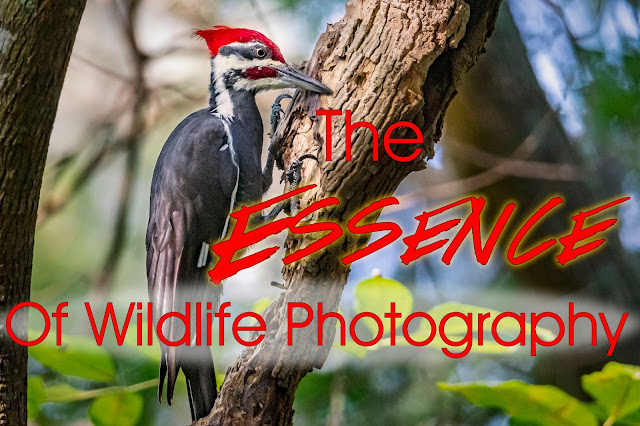The Essence
of Wildlife Photography
This series
of posts will be taken partly from my notes on a wildlife photography workshop
that I give at the Ed Yarborough Education Center in the Geneva Wilderness area.
Part 1: Getting to Know Your Subject.
Because this
workshop was for those who want to take their wildlife photography beyond just
the “nature walk picture taking,” one of the first things you will want to do
is really get to know your subject.
Sure, there
are times when I head out to my favorite places with nothing particular on the
menu to photograph; but for the most part I do have a specific target in mind
and anything else that runs across my path is just gravy on the ‘taters.
So I do my
research. The internet is a wealth of information. Just type your subject into
your favorite web browser and tons of articles will pop up. For those of you in
Florida, the Florida Fish and WildlifeConservation Commission is a great place to start. So whether my intended
subject is a specific bird, alligators, deer, bear or even the Florida Panther,
I research as much as I can about the subject; learning its habits - territories, feeding, mating, brooding.
Anything and everything I can learn about my subject will help me better
prepare for the shoot; which will, in turn, help me get better photos of that
subject.
I was able
to get this shot of a Crested Caracara calling for its mate because I
knew
enough about them to recognize what this one was about to do. Many times
behavior like this lasts only a few seconds, so if you are ready you won’t miss
as many of the cool shots.
In wildlife
photography, knowing your subject applies even if you are just out to get a
landscape shot you will want to research it as well. The best way to do that is
to head out to the place where you want to take the landscape photo. What makes
the area a cool spot for a photograph? Wide open spaces? A solitary tree? Some rolling
mountains? Will there be a possibility of birds flying by during the shoot; or
perhaps animals? Once you’ve decided on what you think will be the best spot
for the photograph you have in mind, you’ll want to find out when the best time
of day will be for your shot’s optimal lighting. If it is going to be a sunrise
or sunset shot, go out about an hour before the sun rises, or stay about an hour
after the sun sets. Many times the lights in the sky during civil twilight (30
minutes before the sun sets and rises) are even more beautiful than the actual
sunrise or sunset itself.
Another
method that shouldn’t be discounted is the valuable information of other
photographers. Many photographers you will come across have been at this for
years. The information you can glean from them is truly invaluable.
Well, that
about wraps it up for this topic. In the next post of my Essence of Wildlife
Photography series, I’ll cover the camera settings that will get you started.
Since the question I get asked the most is, “What should my settings be for
shooting (this, that and the other)?” I figured this will be the best platform
to answer it!
Be sure to
subscribe to my posts so that you’ll know when a new one comes out and I’ll see
you in the field! Have questions? Feel free to leave a comment or contact me
directly on the ContactUs page of my website.
When leaving a comment, please do not include any personal links or spam. Thank you!




.jpg)
.jpg)
Comments
Post a Comment